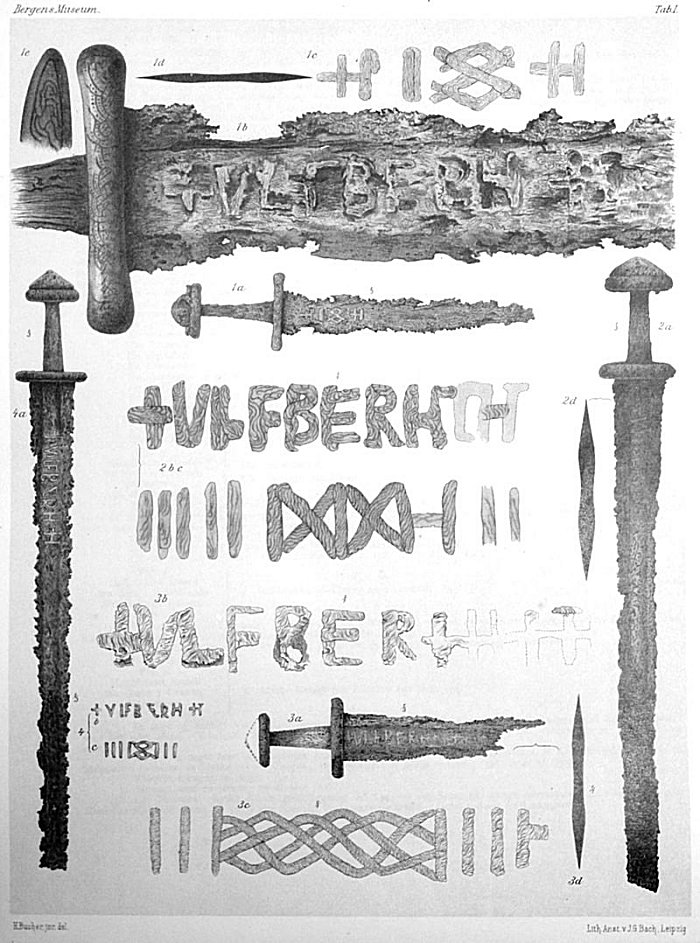Ellen Lloyd - AncientPages.com— To the Vikings, a sword was much more than just a weapon.
Sword production was complex and labor-intensive, making them scarce and costly. Consequently, they were not widely accessible or prevalent. They were primarily utilized by individuals of high status and rank, such as kings and elite Vikings.
This ornate 1,000-year-old Viking sword dates back to the final days of the Vikings, it has been linked to battles in England. It was found with a corpse in a Langeid grave in the Setesdal Valley, UK. Image credit: Ellen C. Holthe, Museum of Cultural History, University of Oslo
Vikings believed a man and his sword were bound together. The sword gave power to the warrior, but the warrior's strength could also be transferred to the sword.
A Viking sword was a deadly weapon and symbol of power. It was also jewelry for a man with 'magical properties.' How the Vikings named their swords was a matter of heritage. Swords were given names and passed from father to son for generations.
The perfect sword was lightweight, durable, user-friendly, flexible, and boasted two razor-sharp edges. Typically, a Viking would wield his sword in one hand while clutching his shield in the other. If the sword was heavy, it would quickly exhaust the Norse warrior during intense combat.
According to Dr. Alan Williams, an archaeometallurgist and consultant to the Wallace Collection, the London museum that has one of the best collections of ancient weapons in the world, Viking swords were far better than any other swords made, before or since, in Europe. Because of their properties, these must have been extraordinarily valuable to their contemporaries.
One of the most mysterious Viking artifacts is the Ulfberht Sword. It’s an ancient artifact far ahead of its time, and we do not know whose name is inscribed on this enigmatic ancient sword.

Four Ulfberht swords found in Norway (drawings from Lorange 1889). Credits: wikipedia
Archaeologists have discovered that damaged Viking swords were often repaired. Several surviving swords have blades that were broken in two and then welded back together and returned to use. The loss of a sword was a catastrophe for a Viking.
Credit: Adobe Stock - alex_marina
Swords held an extraordinary place in the Norse Sagas and the everyday existence of the Vikings. Scholars have discovered approximately 100 uniquely named swords deeply embedded in Norse mythology. Among these, Tyrfing and Gram stand out as two renowned magical swords, each with its own fascinating tale in the rich tapestry of Norse mythology.
The Norse legend of hero Sigmund and the magical sword in the Branstock tree mentioned in the Sigurdsaga that is part of the Volsunga Saga (Völsunga Saga) show why swords were believed to have such unusual properties.
Updated on March 6, 2024
Written by Ellen Lloyd – AncientPages.com
Copyright © AncientPages.com All rights reserved. This material may not be published, broadcast, rewritten or redistributed in whole or part without the express written permission of AncientPages.com
Expand for references







